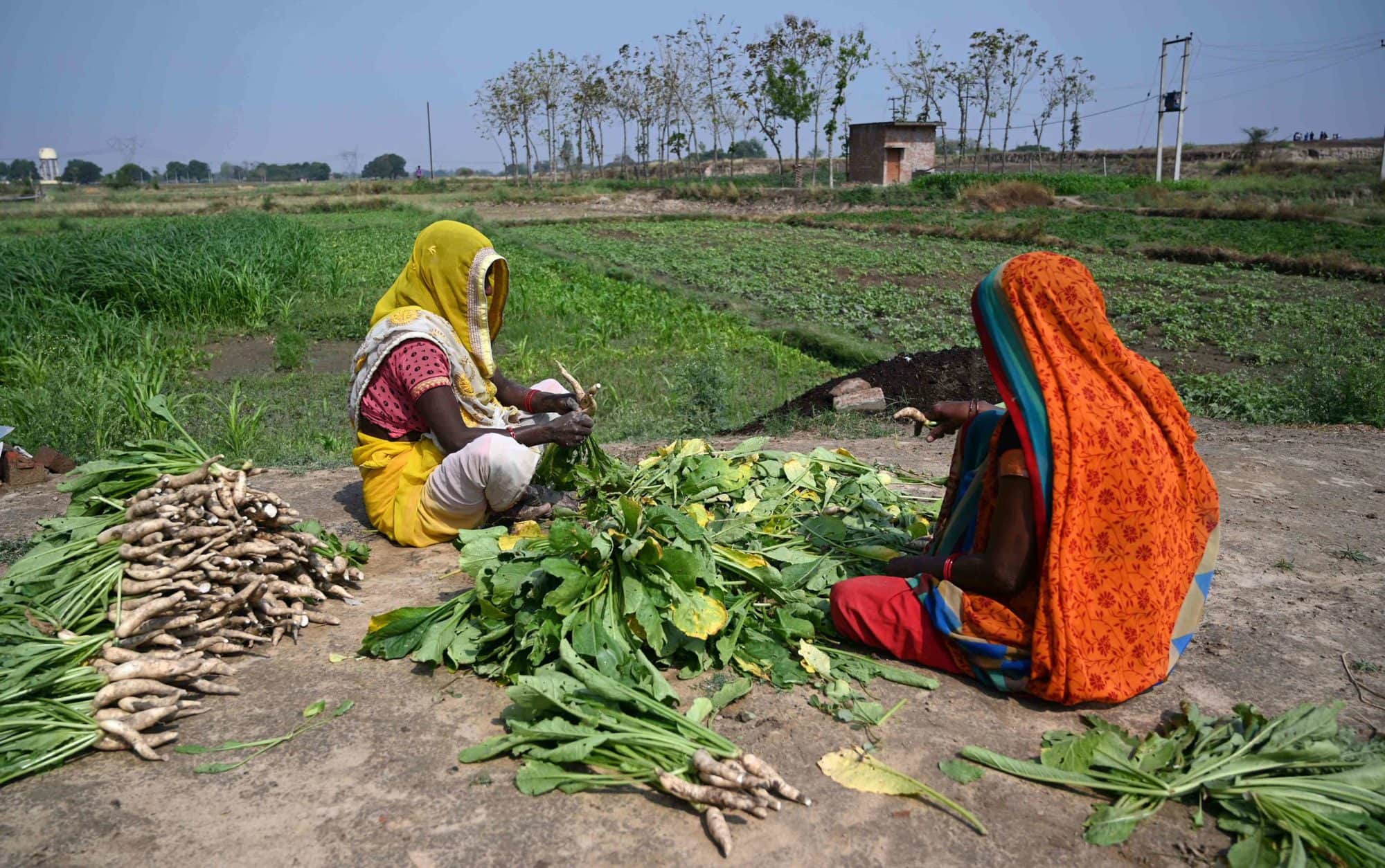COVID-19 crisis: An opportunity for long-delayed agricultural reforms in India
- From
-
Published on
26.10.20
- Impact Area

BY S. MAHENDRA DEV
India’s COVID-19 economic relief package includes a set of important agricultural reforms that some see as the “1991 moment” for Indian agriculture—referring to the 1991 economic liberalization that triggered decades of strong economic growth. In this post, S. Mahendra Dev of the Indira Gandhi Institute of Development Research explains the essence of the reforms, their potential impacts and obstacles, and key factors that will determine their impact on India’s future agricultural growth.—Johan Swinnen, series co-editor and IFPRI Director General.
In May, the Indian government announced a COVID-19 economic relief package called Atmanirbhar Bharat (Self Reliant India) totaling about $270 billion, equal to 10% of the country’s GDP. Among the package’s main components are a set of changes to laws governing agriculture markets—in other words, the government has used the COVID-19 crisis as an opportunity to push through significant agricultural reforms that will have many medium- and long-term impacts.
It is an important moment for Indian agriculture. Agricultural economists and other stakeholders have been advocating agricultural market reforms for decades, and particularly since the 1991 passage of a broad economic liberalization that triggered three decades of strong economic growth in India, but mostly left out agricultural markets. What are the reforms, their potential impacts and obstacles, and will they trigger agricultural growth—creating another “1991 moment”?
Photo credit: Prabhat Kumar Verma/Shutterstock
Related news
-

Shaping policy changes for a sustainable cropping system in Uttar Pradesh, India
International Rice Research Institute (IRRI)03.07.25-
Food security
by Dr. Proloy Deb and Dr. Swatantra Dubey The Central Plain region of Uttar Pradesh…
Read more -
-

KOICA, UPLB, IRRI Partnership Establishes a Genomic Powerhouse to Future-Proof Agriculture
International Rice Research Institute (IRRI)01.07.25-
Food security
LOS BAÑOS, Philippines (26 June 2026) — KOICA, UPLB, and IRRI came together to showcase…
Read more -
-

A Quest for Market- and Farmer-Aligned Rice Varieties in Mozambique
International Rice Research Institute (IRRI)01.07.25-
Food security
Quelimane, Mozambique (11 June 2025) — Mozambique is taking steps toward a more market-responsive …
Read more -
